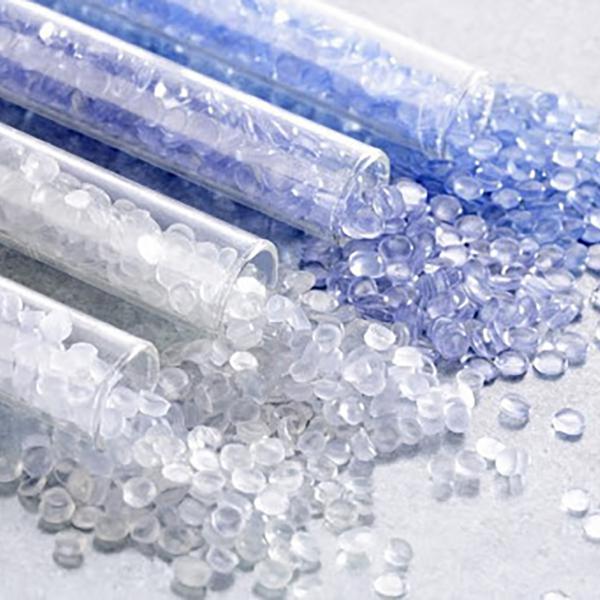Description
ZARPLSTM LLB8706 is a black linear low density compound for jacketing of power and communication cables. Characterized by:
- High melting temperature (approximately 120ºC)
- Low coefficient of friction
- Good abrasion resistance
- Good petroleum-jelly resistance
- Low water permeability
- Very wide processing window
ZARPLSTM LLB8706 contains 2.5% well-dispersed carbon black in order to ensure excellent weathering resistance
Applications
ZARPLSTM LLB8706 is intended for jacketing of power and communication cables. The abrasion resistance combined with low coefficient of friction makes it ideally suitable for jacketing of fibre optic cables.
Specifications
ZARPLSTM LLB8706 meets the applicable requirements as below when processed using sound extrusion practice and testing procedure:
- ASTM D 1248 Type I, Class C, Category 4, Grade J3, E4, E5, W2-4
- BS 6234: Type 03C, TS2
- BT M 132
- EN 50290-2-24
- HD 620 S1, Part 1, table 4B, DMP 12, 14, 17
- IEC 60502 ST3
- IEC 60708
- IEC 60840, ST3
- ISO 1872-PE, KCHL, 18-D006
- NF C 32-060
- REA Bulletin 345-21
- US MIL SPEC LP 390 C, Type III, Class L, Grade 2, 3 and 4, Category 4
Physical Properties
Data should not be used for specification work
| Property | Typical Value | Test Method |
|---|---|---|
| Density (Base Resin) | 0.92 gr/cm3 | ISO 1183 |
| Density (Compound) | 0.93 gr/cm3 | ISO 1183 |
| Melt Flow rate (190’C , 2.16 kg) | 0.7 gr/10 min | ISO 1133 |
| Elongation at Break (250 mm/min) | 500 % | IEC 60811-401 |
| Tensile Strength (250 mm/min) | 17 N/mm2 | IEC 60811-401 |
| Hardness Shore D (1s) | 49 | ISO 868 |
| Brittleness Temperature | < -76 ‘C | ASTM D 746 |
Electrical Properties
Data should not be used for specification work
| Property | Typical Value | Test Method |
|---|---|---|
| Dielectric Constant (1MHz) | 2.5 | IEC 60250 |
| Dissipation Factor (1MHz) | 0.0004 | IEC 60250 |
| DC Volume Resistivity | 1016 Ohm.com | IEC 60093 |
| Dielectric Strength | 20 kV/mm | IEC 60243 |
Processing Guidelines
ZARPLSTM LLB8706 provides excellent surface finish and allows a broad processing window. Standard PE-screw gives satisfactory results but also low compression screws can be used successfully. We suggest a temperature profile as below:
- Feed section: 170ºC
- Metering section: 200ºC
- Head and die 210º C
If preheating and/or drying is used, the maximum temperature should be 90ºC.
Packaging
- Bulk
- Octabin
- Bags
Related Files:
| Attachment | Size |
|---|---|
| ZARPLS LLB8706.pdf | 132.8 KB |
